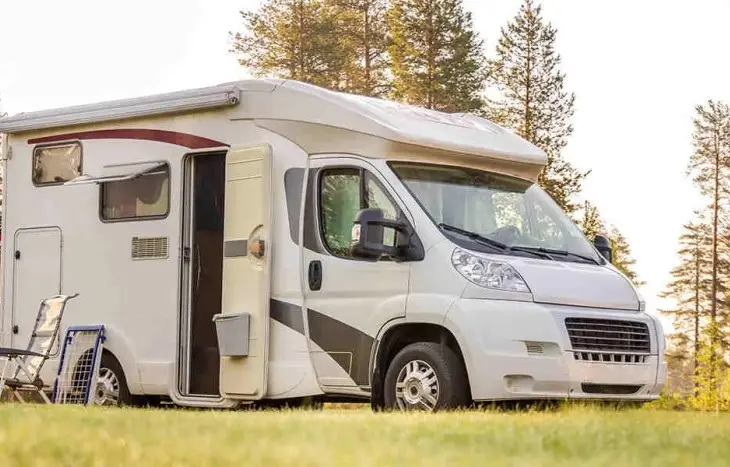Owning a recreational vehicle (RV) is a dream for many who crave freedom and adventure on the open road.
However, purchasing an RV often requires a significant financial investment.
This guide will walk you through how to secure an RV loan, ensuring you make an informed decision that fits your budget and lifestyle.
Also Read
1. Understand RV Loan Basics
RV loans are specialized loans used to purchase motorhomes, camper vans, or trailers. They function similarly to auto loans but often have longer terms and potentially higher interest rates.
RVs are classified as recreational vehicles and can range in price from $10,000 to over $500,000, depending on the type and features.
2. Evaluate Your Budget
Before applying for a loan, determine how much you can afford, considering:
- Down payment: Most lenders require a down payment of 10–20%.
- Monthly payments: Use a loan calculator to estimate monthly costs.
- Additional expenses: Include insurance, maintenance, storage, and fuel costs.
3. Check Your Credit Score
Your credit score significantly impacts your loan eligibility and interest rate. A higher score typically results in better terms. Here’s how to prepare:
- Request a free credit report.
- Dispute any errors.
- Pay down existing debt to improve your credit utilization ratio.
4. Compare Lenders
Different lenders offer various loan terms and interest rates. Common options include:
- Banks and Credit Unions: Often provide competitive rates for good credit borrowers.
- Specialized RV Lenders: Focus on RV financing and may offer flexible terms.
- Dealership Financing: Convenient but may come with higher interest rates.
- Online Lenders: Provide fast approval processes and may cater to lower credit scores.
5. Gather Necessary Documents
To apply for an RV loan, you’ll typically need:
- Proof of income (pay stubs or tax returns)
- Proof of identity (ID or passport)
- RV details (make, model, price)
- Down payment confirmation
- Debt-to-income ratio verification
6. Prequalify for a Loan
Prequalifying allows you to see potential loan offers without impacting your credit score. It also helps you set realistic expectations for your purchase.
7. Consider Loan Terms
Loan terms for RVs can range from 5 to 20 years. While longer terms reduce monthly payments, they may increase the total interest paid.
Evaluate terms carefully to strike a balance between affordability and overall cost.
8. Negotiate the Purchase Price
If buying from a dealer, don’t hesitate to negotiate. Research the RV’s market value using tools like NADA Guides to ensure you’re paying a fair price.
A lower purchase price could mean a smaller loan.
9. Finalize the Loan
Once you’ve chosen a lender and negotiated the RV’s price, finalize the loan. Review all terms, including:
- Interest rate (fixed or variable)
- Loan term
- Monthly payment amount
- Prepayment penalties or fees
10. Protect Your Investment
After securing your loan, consider:
- RV Insurance: Protects against accidents, theft, and damages.
- Extended Warranties: Covers major repairs beyond the manufacturer’s warranty.
- Roadside Assistance Plans: Essential for long trips.
Financing an RV can be a straightforward process with proper preparation. By understanding loan options, evaluating your budget, and comparing lenders, you can secure the funding needed to embark on your dream adventure.
Take the time to research and plan, ensuring your RV purchase becomes a long-term asset for exploration and joy.














